Many eighteenth and nineteenth century scholars believed that all world mythologies showed signs of having evolved from a single mythical theme.
There are over a hundred different world mythologies that we know of today. Among these are the Greek, Roman, Norse, Etruscan, Celtic, Slavic, Egyptian, Mesopotamian, Babylonian, Arabian, Islamic, Hindu, Buddhist, Chinese, and many more myths.
Anyone with the knowledge of more than one of these world mythologies would realize that there are some glaring similarities between them.
I don’t mean to minimize the significance of individual cultures by glossing over their differences – each culture deserves its unique glory for its contribution to humanity. However, at a time when we are ripping ourselves apart in racial, religious, and political sectarianism, perhaps we should take a moment to study the roots that we all share.
Have a look at the five major themes forming the common ground for world mythologies.
- Creation: from Chaos or Nothingness
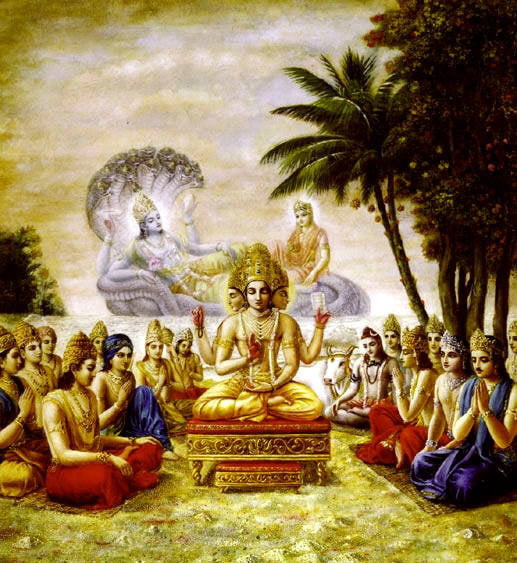
It is natural that the most common question early humans tried to answer was of how we came into being. How was the world created? According to Hindu mythology, in the beginning, only Vishnu was there. When Vishnu thought about creation, Brahma was created from a lotus that came from his navel. It was Brahma who finally created the world.
Similar creation myths involving the world being created out of chaos or a vast, empty, nothingness can be found in the myths of ancient Babylon (the Enûma Eliš myth), ancient Greece (the golden egg laid by Nyx or Night), the Book of Genesis (Elohim creating the heavens and earth in six days), and in Norse mythology (the yawning void named Ginnungagap), among numerous others.
- Sacrifice for Creation
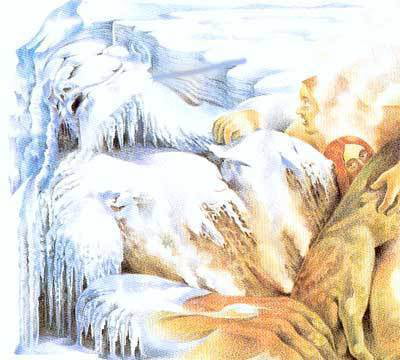
Many cultures have stories about divine figures whose death creates an essential part of reality. In Indian Vedic mythology, the Purusha Sukta narrates that all things were made out of the mangled limbs of Purusha, a magnified non-natural man, who was sacrificed by the gods.
Similarly, the Chinese myth of Pangu and the Norse myth of Ymir both tell of a cosmic giant who was killed to create the world. A myth from the Wemale people of Seram Island, Indonesia, tells of a miraculously-conceived girl named Hainuwele, whose murdered corpse sprouts into the people’s staple food crops.
- The Great Flood
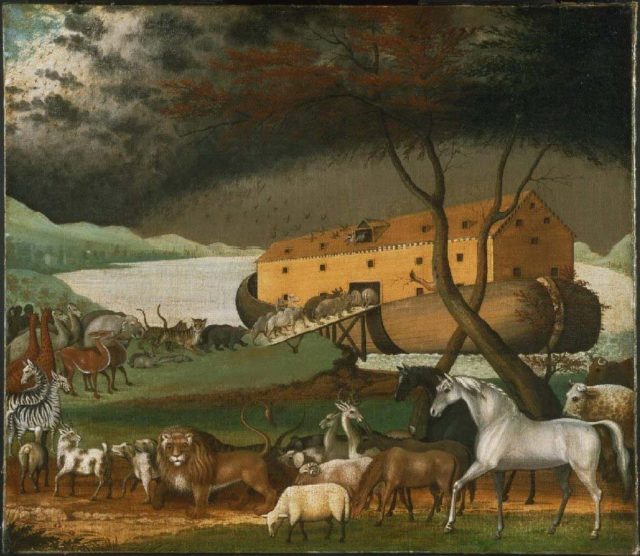
A flood myth is a narrative in which a great flood, usually sent by a deity or deities, destroys civilization, often in an act of divine retribution. In the Genesis mythology of the Hebrew Bible, Yahweh (God) decides to flood the earth because of the depth of the sinful state of mankind. That’s where we get Noah’s ark.
The Hindu myth of Manu (found in the Satapatha Brahmana and the Puranas) is similar to that of Noah’s story, albeit less popularly known today.
A similar theme is seen in the Babylonian Epic of Gilgamesh, Mesopotamian flood stories, Deucalion’s story in Greek mythology, and Bergelmir in Norse Mythology.
Read More: This Novel By Neil Gaiman Is THE Book You Should Be Reading If You Are Into Mythology
- Centre of the World
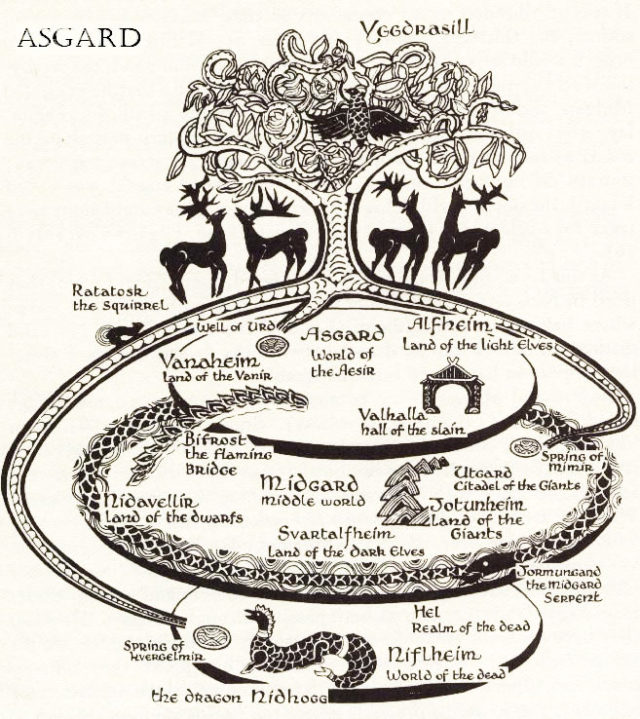
Many world mythologies mention a place that sits at the center of the world and acts as a point of contact between different levels of the universe. Vedic India, ancient China, and the ancient Germans all had myths featuring a “Cosmic Tree” whose branches reach heaven and whose roots reach hell.
Mount Meru is a sacred mountain with five peaks in Hindu, Jain and Buddhist cosmology and is considered to be the center of all the physical, metaphysical and spiritual universes. Yggdrasil is the tree connecting the nine worlds in Norse cosmology. In Greek mythology, Omphalos stones are considered to be the “navel” of the world.
- Younger Gods Defeating Older Gods
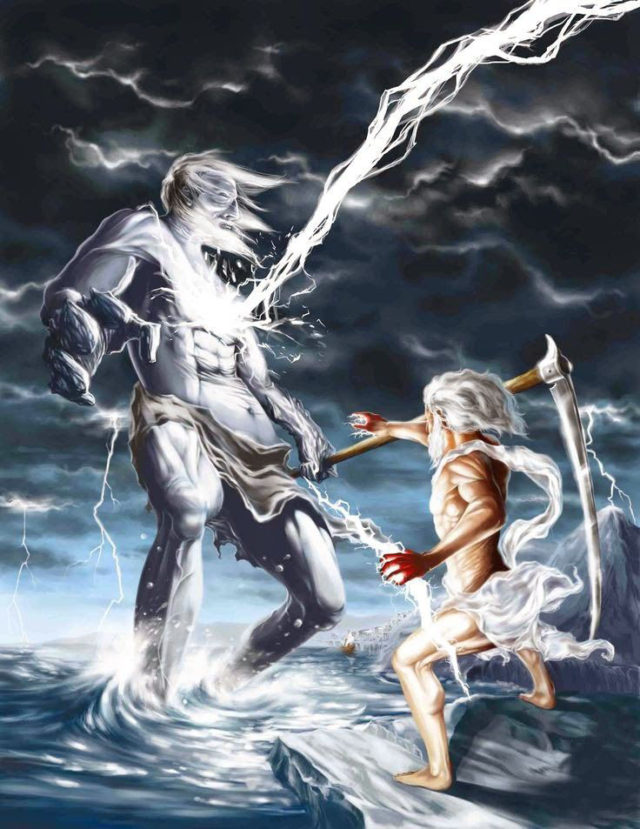
Many cultures have a creation myth in which a group of younger, more civilized gods conquers and/or struggles against a group of older gods who represent the forces of chaos. I suppose it shows that even all those years ago people believed that the young always replace the old, no matter how strong or wise the old are.
In Hindu mythology, the younger devas (gods) battle the older asuras (demons). In the Greek myth of the Titanomachy, the Olympian gods defeat the Titans, an older and more primitive divine race, and establish cosmic order. Similarly, the Celtic gods of life and light struggle against the Fomorians, ancient gods of death and darkness.
These are but a few of the various similarities that exist in the myths of different cultures.
In an era of identity politics – and identity mythology – we are too busy trying to grab a unique glory for our own individual cultures. Maybe it’s time to look for common ground and understand what it might convey to us about our commonality as human beings.
Image Source: Google
Would you like to share your opinion and discuss more on the matter? Then add us on Snapchat and we could hit up an interesting conversation. Click the link below to add Economy Decoded on Snapchat.
ED – The Youth Blog on Snapchat
If you liked this, you might also be interested in:
http://edtimes.in/2016/02/books-on-indian-mythology/



































Have you ever considered writing an e-book or guest authoring on other websites?
I have a blog based upon on the same ideas you discuss and
would really like to have you share some stories/information.
I know my visitors would appreciate your work. If you are even remotely
interested, feel free to send me an email.
In Greek mythology, a lot of the Titans were in the same positions as the younger gods. There were earlier gods of the ocean, the moon, the sun, etc. How common is that? Where the younger gods take the older gods’ jobs?
I cannot answer your question exactly because I am not sure if there is a concept of younger gods replacing the older gods at their jobs. But many cultures have a creation myth in which a group of younger, more civilized gods conquers and/or struggles against a group of older gods who represent the forces of chaos.
In Hindu mythology, the younger devas (gods) battle the older asuras (demons), though both are born from the same father, Kashyap, the grandson of Brahma.
In the Greek myth of the Titanomachy, the Olympian gods defeat the Titans, an older and more primitive divine race, and establish cosmic order.
Similarly, the Celtic gods of life and light struggle against the Fomorians, ancient gods of death and darkness.
I’ve always taken it to mean that the Titans were more monsters or things/objects. So Helios was the sun, Selene was the moon. Whereas, when the Greek gods took over, Apollo was the god of the sun and controlled Helios, and Artemis was the goddess of the moon and controlled Selene.
Why is Islam on the section of myths. That is immensely disrespectful and more so if Islam is there why isn’t Christianity and or Jewish religion. Finally why isn’t atheist theories on evolution here to.